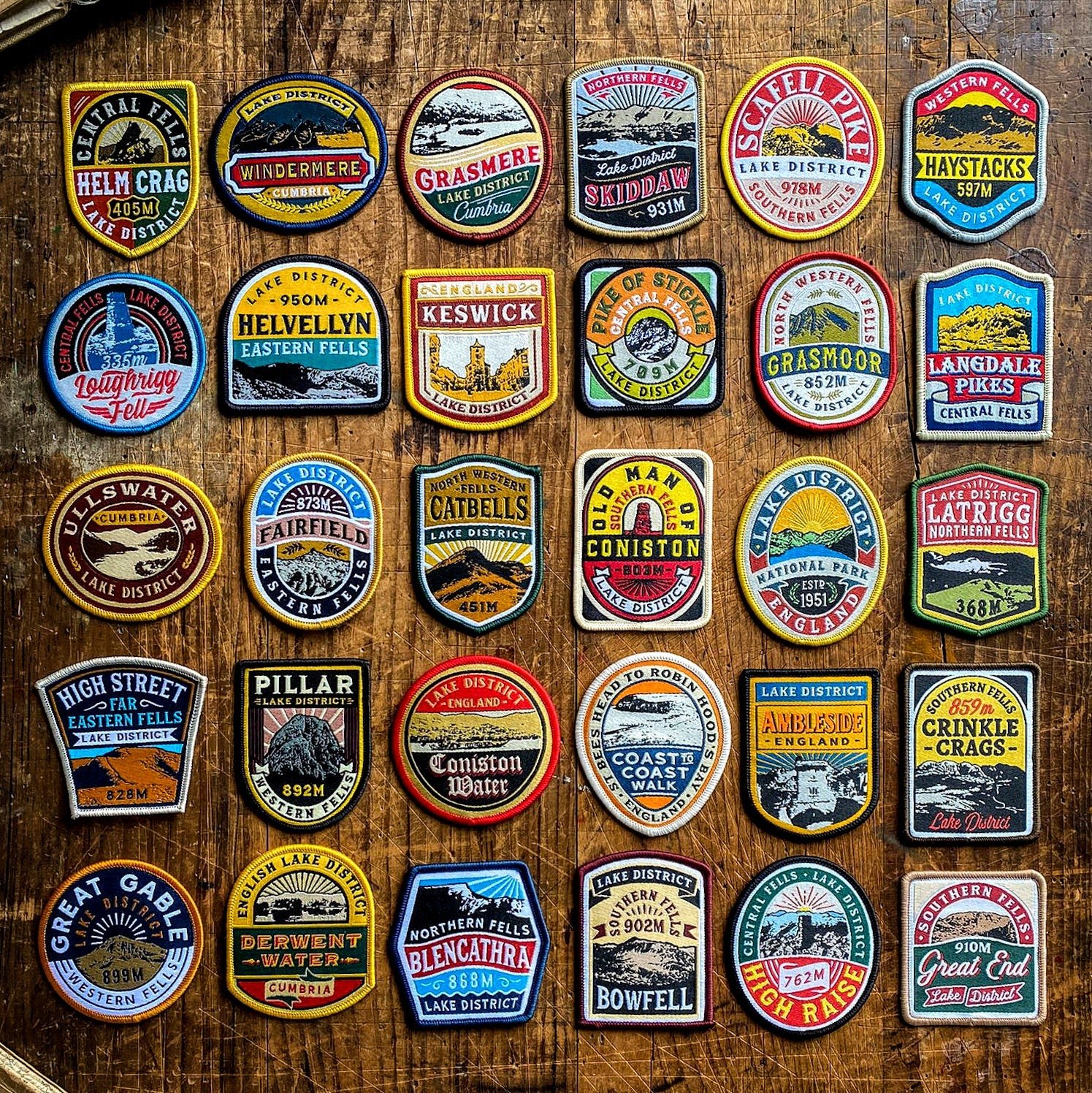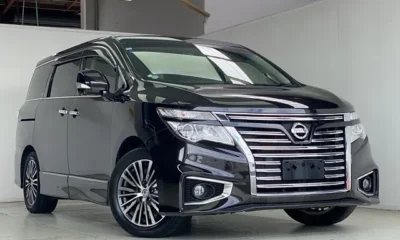Business
The Ultimate Guide to Military Patches History, Meaning, and Collecting
MILITARY PATCHES are more than just decorative elements of military uniforms. They represent a rich history, a sense of identity, and a bond among service members. Over the years, these patches have evolved from simple insignia to intricate symbols of rank, unit, and service, each telling its own story. Whether you’re a military enthusiast, a collector, or someone simply curious about military patches, this guide will walk you through everything you need to know about them.
What Are Military Patches?
Military patches are embroidered or printed insignia worn by soldiers, sailors, airmen, and marines. They often appear on a uniform and can signify various things, including rank, division, unit, and sometimes personal achievements or missions. These patches are often worn on the sleeves, shoulders, or chests of military uniforms, depending on their type and purpose.
The most common types of military patches include:
- Unit Patches: Represent the soldier’s assigned unit or division.
- Rank Patches: Indicate the soldier’s rank and position.
- Award Patches: Recognize achievements such as combat experience, service medals, or training accomplishments.
- Combat Patches: Worn by soldiers who have served in combat zones, signifying their combat experience.
Military patches are not only functional but also symbolic, representing the history, values, and culture of the military unit or branch to which they belong.
A Brief History of Military Patches
The history of military patches dates back to the early 20th century, particularly during World War I and World War II. The practice of wearing patches as a form of identification began as a way to distinguish between units and regiments on the battlefield. During World War I, soldiers began to wear distinctive patches to signify their unit affiliation. These patches were typically made from fabric and sewn onto their uniforms.
The trend continued through World War II, with military patches becoming more elaborate and detailed. Units started to develop their own unique symbols, often incorporating elements from their history, culture, or mission. The introduction of the “combat patch” during WWII was a significant milestone. These patches became a way to honor soldiers who had served in active combat zones, granting them the right to wear these distinctive symbols.
In the post-WWII era, military patches continued to evolve, with more focus on personalized designs and unit pride. With the advent of modern technology, patch designs became more intricate, and soldiers could customize their patches even further.
The Meaning Behind Military Patches
Each military patch carries specific meaning and significance. Understanding the symbolism behind these patches provides insight into the history and values of the military units they represent.
- Unit Identification: Many patches feature the logo or emblem of a specific military unit. This helps soldiers identify with their unit and builds camaraderie. For instance, the 101st Airborne Division patch, featuring a screaming eagle, symbolizes the elite status and airborne nature of the unit.
- Rank and Achievement: Military patches often denote rank, such as the chevrons worn by enlisted personnel or the stars worn by generals. Other patches signify awards and medals, such as the Combat Infantryman Badge, which is earned by infantry soldiers who have served in combat.
- Branch of Service: Each branch of the military has its own specific patches. For example, the United States Army has the “Army Service Uniform” patches, while the Navy, Air Force, and Marines each have their own distinctive emblems and patches.
- Deployment and Combat: Patches can also indicate the wearer’s experience and service in specific conflicts or locations. Combat patches are a prime example, as they are worn by soldiers who have been deployed to combat zones. Similarly, patches worn by Vietnam War veterans or Operation Desert Storm veterans serve as markers of their service in these specific conflicts.
- Cultural Significance: Some patches feature symbols that carry cultural or historical significance. For instance, the insignia of the Marine Raiders (a special forces unit in the US Marine Corps) incorporates elements of both American and Native American symbolism.
Types of Military Patches
There are several types of military patches, each with its specific purpose and design. Let’s take a closer look at the main types of military patches that exist today:
1. Unit Patches
Unit patches are perhaps the most common and instantly recognizable type of military patch. These patches typically represent a particular division, regiment, or battalion. They often feature symbols, mascots, or imagery related to the unit’s mission or history.
For example, the 82nd Airborne Division’s patch features a white “A” and a red “P” on a blue background, symbolizing the division’s airborne status. This patch is widely recognized and is a point of pride for those who have served in the 82nd Airborne.
2. Combat Patches
Combat patches are worn by soldiers who have served in a combat zone. These patches signify that the wearer has been actively engaged in military operations in areas of conflict. For instance, the “combat patch” worn by soldiers who served in Afghanistan or Iraq serves as a reminder of their contributions to those operations.
3. Rank and Specialty Patches
These patches denote a soldier’s rank and specialty. Rank patches, such as those worn by sergeants, lieutenants, and generals, display the level of authority and experience of the individual. Specialty patches indicate the soldier’s skills or qualifications. For example, a medical patch may be worn by a medic or a combat engineer patch worn by soldiers who specialize in construction and demolition.
4. Award and Achievement Patches
Award patches honor soldiers for their accomplishments. These can range from participation in a particular mission or operation to achieving a high level of proficiency in specialized training programs. For instance, the “Airborne” patch, awarded to paratroopers, denotes that the wearer has completed airborne training and can perform parachute jumps.
5. Special Forces Patches
Special Forces patches are often the most distinct and unique of all military patches. These patches identify soldiers who have undergone special training in areas like intelligence, reconnaissance, or direct action missions. The “Green Beret” patch, for example, is associated with the U.S. Army Special Forces and is worn by those who have completed the rigorous training program.
Collecting Military Patches
Military patches are a popular item for collectors, and there’s an entire community dedicated to preserving and trading them. Whether you’re interested in collecting vintage patches from historical conflicts or more modern designs, there are several factors to consider when starting your collection.
1. Research and Authenticity
The key to collecting military patches is research. Understanding the history behind each patch is crucial for identifying authentic patches. There are many replicas and fake patches on the market, so it’s essential to familiarize yourself with the details of genuine patches, such as stitching patterns, colors, and design elements.
2. Condition and Rarity
The condition of a patch significantly affects its value in the collectors’ market. Patches that are in pristine condition or still in their original packaging are often more valuable. Additionally, rare patches, such as those from discontinued units or special events, are highly sought after.
3. Sources for Collecting
Military patches can be found through various sources, including antique shops, online marketplaces, and military surplus stores. Military reunions and conventions are also great places to meet other collectors and find rare patches. Some online platforms specialize in military memorabilia, offering a wide range of patches for collectors.
4. Display and Preservation
If you’re starting a collection, proper display and preservation are essential. Many collectors use shadow boxes or frames to display their patches, ensuring they’re protected from wear and tear. It’s also important to store patches in a dry, cool environment to avoid any damage from humidity or sunlight.
Conclusion
Military patches are an important part of military history, culture, and tradition. From their origins in World War I to their evolution in modern military uniforms, these patches continue to serve as a powerful symbol of service, achievement, and identity. Whether you’re wearing them to show pride in your service, or collecting them to honor the history behind them, military patches will always be a unique and meaningful part of the military community.















